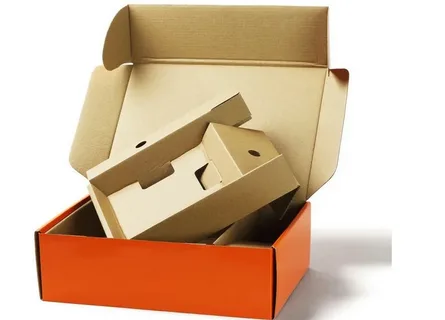Entertainment
Transform Your Garage with Epoxy Flooring: A Comprehensive Guide
If you’re looking to give your garage a sleek, durable upgrade, epoxy flooring is a standout choice. Known for its resilience and aesthetic appeal, epoxy flooring can completely transform your garage into a more functional and visually pleasing space. In this guide, we’ll explore what epoxy garage flooring is, its benefits, the installation process, and maintenance tips to ensure your new floor looks pristine for years to come.
What is Epoxy Garage Flooring?
Epoxy garage flooring is a type of coating applied over concrete floors to create a high-performance surface. It consists of a resin and a hardener that, when mixed, form a chemical reaction that creates a rigid plastic material. This coating is known for its exceptional durability, resistance to stains, and ease of cleaning. It’s an ideal choice for garage floors, which often face heavy traffic, spills, and the wear and tear of daily use.
Benefits of Epoxy Garage Flooring
- Durability and Strength: One of the biggest advantages of epoxy flooring is its durability. The coating creates a tough, long-lasting surface that can withstand heavy loads, impacts, and abrasion. Whether you use your garage for parking vehicles, working on projects, or as a storage space, epoxy flooring will hold up against the demands.
- Stain and Chemical Resistance: Garages are prone to spills from oil, gasoline, and other chemicals. Epoxy flooring provides a resistant surface that is easy to clean and won’t be stained by these substances. This makes it an excellent choice for those who do automotive work or use their garage as a workshop.
- Aesthetic Appeal: Epoxy flooring comes in a variety of colors and finishes, including glossy and matte options. You can choose from a range of styles, such as metallic, flake, or solid colors, to match your garage’s aesthetic. The result is a floor that not only looks great but also enhances the overall appearance of your space.
- Ease of Maintenance: Maintaining epoxy flooring is straightforward. Regular sweeping and occasional mopping with a mild detergent are usually sufficient to keep the surface clean. The seamless nature of epoxy flooring also means there are no grout lines or joints that can trap dirt and grime.
- Enhanced Safety: Epoxy coatings can be formulated with anti-slip additives, making the floor safer to walk on, even when wet. This is especially beneficial for garages that may become slippery due to spilled fluids.
The Installation Process
Installing epoxy garage flooring involves several key steps to ensure a successful and long-lasting result. Here’s a basic overview of the process:
- Surface Preparation: Proper preparation is crucial for a smooth and durable epoxy application. The concrete surface must be thoroughly cleaned and free of any contaminants such as oil, grease, or old paint. Any cracks or imperfections should be repaired, and the surface may need to be etched or sandblasted to ensure proper adhesion of the epoxy.
- Priming: A primer is often applied to the concrete surface before the epoxy coating. This helps to improve adhesion and creates a more even surface for the epoxy to bond with.
- Mixing and Application: The epoxy resin and hardener are mixed according to the manufacturer’s instructions. Once mixed, the epoxy is applied to the concrete surface using a roller or squeegee. It’s important to work in small sections to ensure even coverage and to avoid any overlapping or uneven areas.
- Adding Decorative Elements: If you’re using decorative flakes or chips, they are typically broadcast onto the wet epoxy to create a textured, attractive finish. This step is optional but can enhance the appearance and slip-resistance of the floor.
- Curing: After application, the epoxy needs time to cure and harden. This curing period can vary depending on the product and environmental conditions. It’s important to allow the epoxy to fully cure before using the garage to ensure the best results.
Maintenance and Care
To keep your epoxy garage flooring looking its best, follow these maintenance tips:
- Regular Cleaning: Sweep or vacuum the floor regularly to remove dirt and debris. Mop the surface with a mild detergent and water to keep it clean and shiny. Avoid using harsh chemicals or abrasive cleaning tools that could damage the epoxy coating.
- Address Spills Promptly: Although epoxy is resistant to many substances, it’s still a good idea to clean up spills as soon as they occur. This prevents any potential staining or damage and keeps the floor looking pristine.
- Inspect for Damage: Periodically check the floor for any signs of damage or wear. If you notice any cracks or chips, address them promptly to prevent further issues.
Conclusion
Epoxy garage flooring is a fantastic option for those looking to upgrade their garage with a durable, attractive, and low-maintenance solution. With its strength, resistance to stains and chemicals, and a wide range of design options, epoxy flooring can transform your garage into a space that’s both functional and visually appealing. By following the proper installation and maintenance guidelines, you can enjoy a beautiful and long-lasting floor that enhances your garage’s utility and style.















